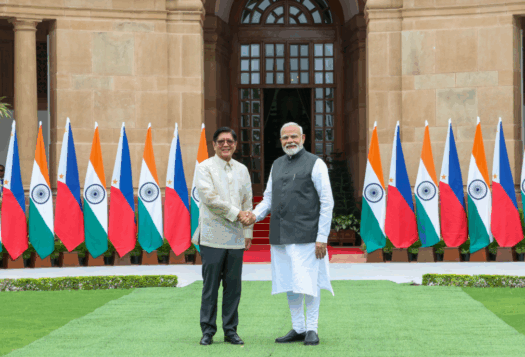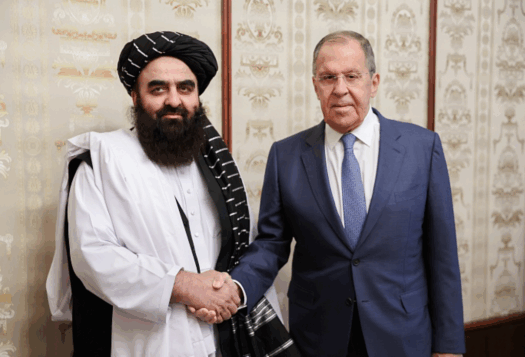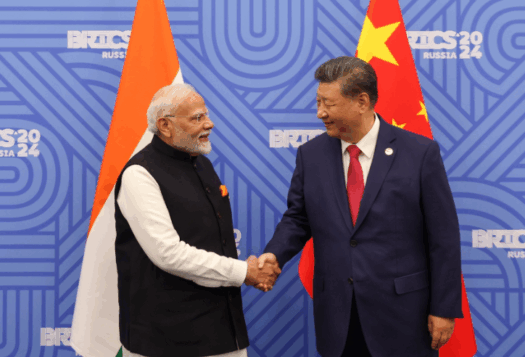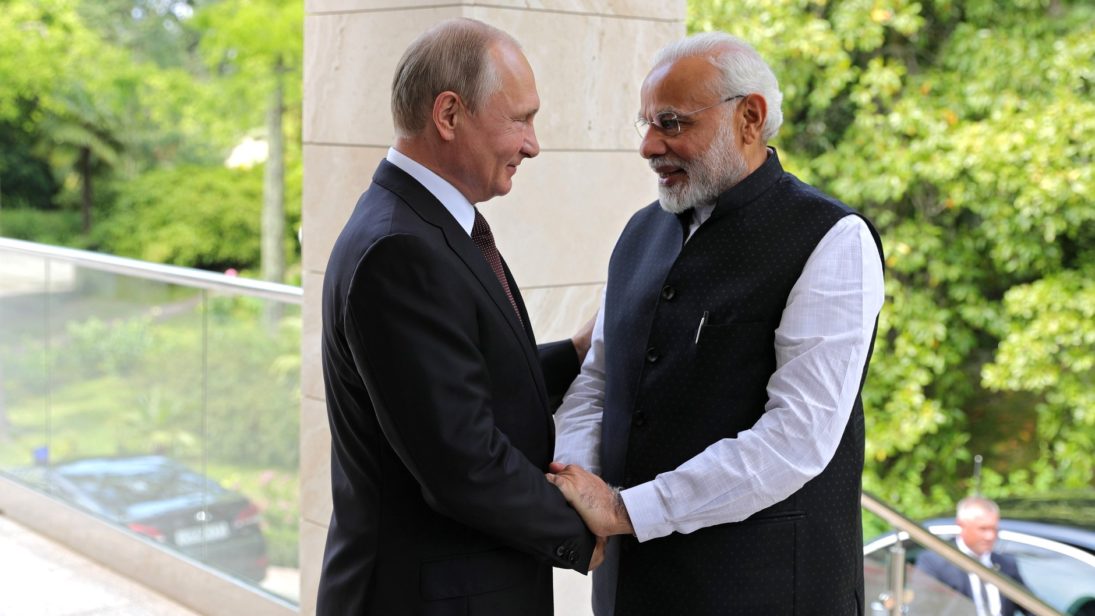
In October 2020, India and Russia celebrated two decades of strategic cooperation following the signing of the Declaration of Strategic Partnership in 2000. The beginning of the 21st century brought new opportunities for the partnership, with India’s rising economic growth and Russia’s resurgence on the global stage. Over the last two decades, however, the India-Russia strategic partnership has undergone a major transition given India’s and Russia’s simultaneous interactions with China and the United States. The “common threat” factor revolving around the United States and China during the Cold War no longer exists for India and Russia today. Modern-day India-U.S. relations and the Russia-China strategic partnership form a stumbling block for India-Russia relations given the emergence of great power rivalry between the United States and China. Having learnt from its past experience, India has adopted a policy of multi-alignment to avoid over dependence on a single major player. To navigate this new environment, India seeks to balance its strategic relationship with Russia and its ties with the United States.
Divergent Foreign Policies on China
Having learnt from its past experience, India has adopted a policy of multi-alignment to avoid over dependence on a single major player. To navigate this new environment, India seeks to balance its strategic relationship with Russia and its ties with the United States.
India and Russia exhibit divergent foreign policy strategies regarding China, with India focusing on multi-alignment and Russia on developing ties within Asia. Keeping pace with the changing trends in international relations, India has consciously adopted a policy of multi-alignment with the objective of improving its regional and global profile. For example, India’s active participation alongside Russia in the Shanghai Cooperation Organization (SCO), Brazil, Russia, India, China and South Africa (BRICS), and the Quad is an outcome of its national interests. Meanwhile, Russia’s foreign policy since the announcement of the “pivot to Asia” strategy in 2014 has reinforced its focus on the geopolitics and geo-economics of Asia.
The problem with the divergent nature of these two policies is that while seeking to extend its strategic perimeter and regional profile, Russia’s engagement with India and China has highlighted the conflict of interests between these two countries, including the recent military stand-off between India and China in Ladakh and China’s posturing in the Indian Ocean region. Expanding Russia-China strategic relations enable Russia to challenge the pre-eminence of the United States but have come at a cost for India. The current defense cooperation between Russia and China is set to include cooperation in sensitive fields, such as strategic missile defense, hypersonic technology, and the construction of nuclear submarines. India’s security dilemma is further captured in China’s burgeoning defense engagement with Russia, which has amplified the combat capability of the People’s Liberation Army; Russia has sold S-400 missile systems to both India and China. India is aware that Russia will not renew its 1971 military assistance to India to counter China’s growth, as China is no longer the “common threat” it was during the Cold War.
In addition to the defense sphere, Russia is also dependent on China for power projection and financial investment to sustain its economic growth momentum. Currently, Chinese-Russian trade is nearly $110 billion and China is a big shareholder in a number of large Russian energy and infrastructural projects. Meanwhile, India-Russia trade is comparatively meager, amounting to a mere $7.5 billion in 2019. As China-Russia trade relations continue to dwarf those of India-Russia, likely into the near future, China seems to have more clout than India in maneuvering its foreign policy interests with Russia.
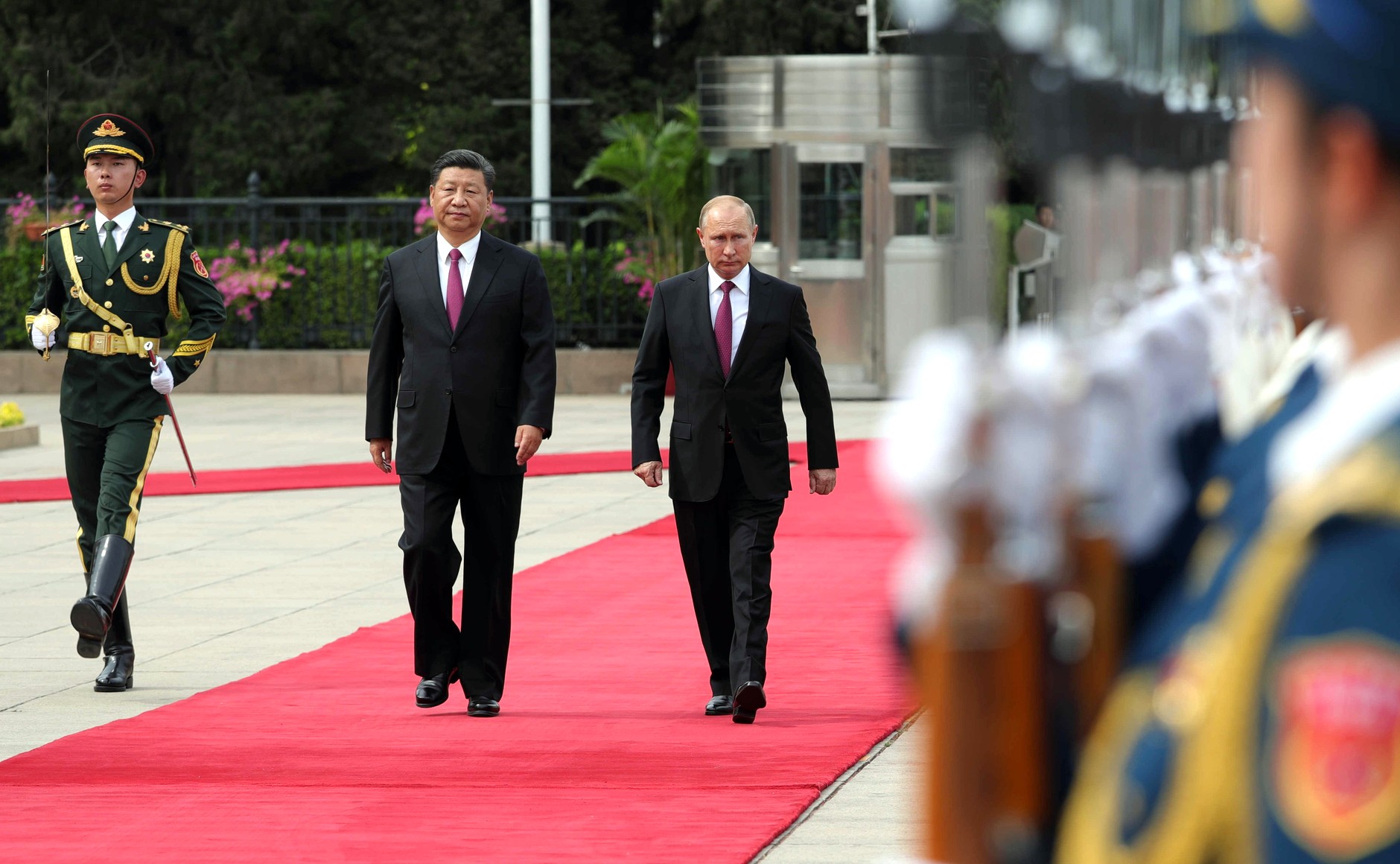
U.S. Ties as a Counterbalance
Given Russia’s current ties with China, its regulated presence in Asian geopolitics and limited role in Indian Ocean region, India sees its current engagement with the United States as having more leverage in countering China’s assertive policies. India has recently advanced its defense trade relationship and broader security partnership with the United States. Currently, India’s defense deals with the United States stands at $20 billion alongside crucial defense and strategic agreements that include the troika of “foundational pacts” Logistics Exchange Memorandum of Agreement (LEMOA), Communications, Compatibility and Security Agreement (COMCASA), and Basic Exchange and Cooperation Agreement (BECA), alongside the Industrial Security Agreement (ISA). Given growing defense engagement between the two countries, the United States designated India a Major Defense Partner in 2016 and elevated India to Strategic Trade Authorization Tier 1 status in 2018, which provides India ease of access to military technologies.
These close ties are perhaps a result of the United States sharing India’s concerns of China’s growing footprint in the Indian Ocean region. China’s robust expansive economic initiatives—including through its Belt and Road Initiative and gaining access to military bases and strategic ports—have added to these concerns. India’s strategy has expectedly involved strengthening U.S. ties to counterbalance Chinese influence.
Future of India-Russia Cooperation
The divergence of interests is also evident with regards to how Russia and India approach the Indo-Pacific concept respectively. Russia’s strategic ties with China inform its criticism of the Indo-Pacific concept, together with its belief that it is a U.S.-led concept largely aimed to contain China. India’s acceptance of the “Indo-Pacific” concept can mainly be attributed to its growing concerns about Chinese expansionism in the region, affecting its national and maritime interests. With such contrasting views, it would be difficult for both India and Russia to come to consensus on the idea of Indo-Pacific. This is especially the case given their burgeoning relations with the United States and China respectively and the growing tensions between the latter two.
It would be difficult for both India and Russia to come to consensus on the idea of Indo-Pacific. This is especially the case given their burgeoning relations with the United States and China respectively and the growing tensions between the latter two.
However, there remain several new channels for closer engagement between India and Russia in the region the two may capitalize on. For instance, Russian domestic politics, and especially a renewed focus on the Far East and East Siberia, are set to orient foreign policy even more towards engagement with Asia. Engagement specifically with India in the Indo-Pacific region could be economically viable. India-Russia engagement in the Russian Far East—by means, for instance, of a trade route between Chennai and Vladivostok—could enhance geo-economic relations and regional connectivity. This extends to collaboration on the Indo-Pacific, which could yield exceptional payoffs in economic sphere.
The task ahead for both countries is to address defense misalignment and minimize divergence of interests to avoid creating too large a wedge in the long run. Multi-alignment has enabled India to forge deeper ties with Russia and the United States. Although India sees its engagement with the United States having more weightage in countering China’s aggressive posturing, it must also try to strengthen and sustain its relations with Russia so that it has multiple strong alliances to counterbalance China.
Irrespective of the India’s geopolitical equations with Russia and the United States, India’s choice to pursue multi-alignment redefines its strategic autonomy and pragmatism. Given the rising military and strategic competition, how India manages its engagement with extra-regional players will be key alongside enhancing its own capabilities and preparedness.
***
Image 1: Wikimedia Commons
Image 2: Wikimedia Commons
